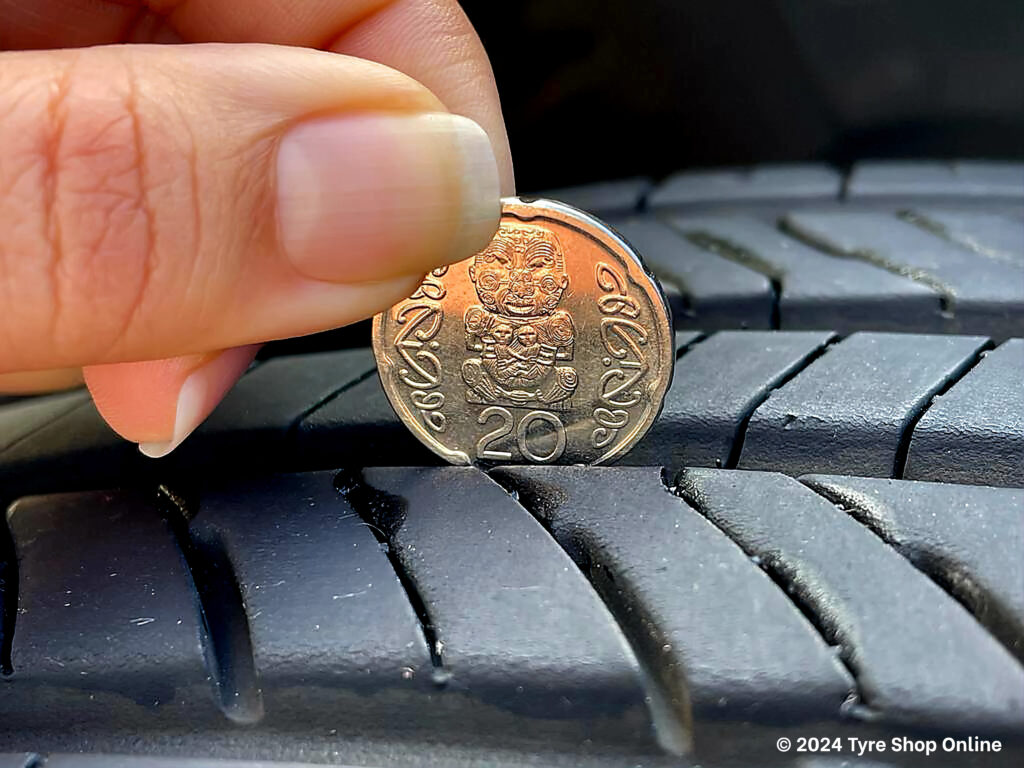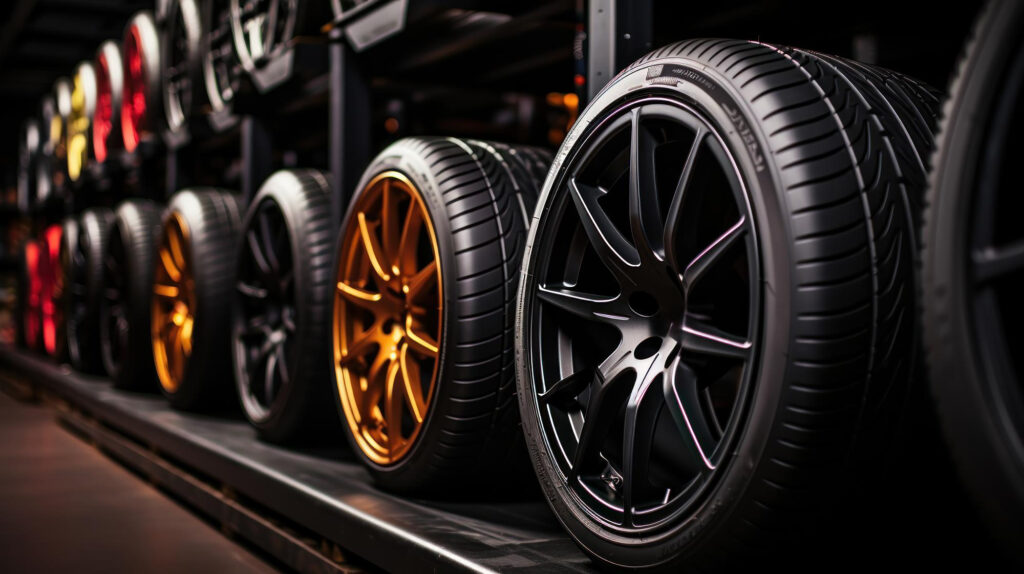The Basics of Tyre Safety: A Must-Read Guide for All New Zealand Motorists
When it comes to road safety, one crucial aspect that often gets overlooked is the condition of your vehicle’s tyres. Tyres are the only point of contact between your vehicle and the road, making their maintenance a must for your safety and your passengers. For all the drivers out there, understanding the safety requirements for tyres and why tyre safety matters cannot be stressed enough. In this article, we’ll delve into the key aspects of tyre safety, including the safety requirements and the importance of maintaining your tyres in optimal condition.
Why Tyre Safety is Important And What Are The Requirements?
Traction and Control
Adequate tread depth ensures proper traction, especially on wet or slippery roads. This means when driving in wet roads, your vehicle can grip the road better, reducing the risk of skidding or hydroplaning. Good tyre condition also contributes to better control and handling, enhancing your ability to navigate corners safely. In New Zealand, the legal minimum tread depth for car tyre is 1.5mm. However, it’s important to note that while the legal limit is 1.5mm, experts recommend replacing tyres once the tread depth reaches 3mm for optimal safety.
Braking Distance
Worn-out tyres with low tread depth increase your braking distance. In emergency situations, a few extra meters of braking distance can make a significant difference in preventing accidents. Maintaining proper tread depth helps you stop your vehicle more effectively.
Fuel Efficiency
Underinflated tyres increase rolling resistance, causing your vehicle’s engine to work harder and consume more fuel. Keeping your tyres properly inflated can contribute to better fuel efficiency, saving you money and reducing your carbon footprint.
Ride Comfort
Well-maintained tyres ensure a smoother and more comfortable ride, making your journeys more enjoyable for both you and your passengers.
Tyre Pressure
Proper tyre pressure is essential for a safe and smooth ride. Underinflated tyres can lead to decreased handling, poor fuel efficiency, and increased risk of blowouts. Conversely, overinflated tyres can result in reduced traction and a rough ride. Refer to your vehicle’s manual or the inside of the driver’s side door for the recommended tyre pressure and check it regularly, especially before long trips.
Tyre Damage
Regularly inspect your tyres for any signs of damage such as cuts, bulges, cracks, or punctures. These issues can compromise the structural integrity of the tyre, leading to potential blowouts while driving. If you notice any damage, it’s best to have the tyre inspected by a professional.
How much tread should a tyre have?
Tread Depth
It plays a critical role in maintaining traction on wet and slippery roads. This means that if the tread is shallower than this limit, it’s time to replace your tyres.
Here are a few steps on how to check your tread depth:
- You can use a tread depth gauge or a New Zealand 20-cent coin.
- Ensure your vehicle is parked on a flat and level surface. This provides stability and accuracy when measuring the tread depth.
- Identify the tread grooves on the tyre. These are the channels or patterns on the surface of the tyre that help with traction.
- Select one of the tyres on your vehicle to begin the tread depth measurement. You can start with any tyre you prefer.
If you have a tread depth gauge (preferred method), follow these steps:
- Insert the probe of the gauge into the main tread groove of the tyre. Ensure the gauge is perpendicular to the tyre’s surface.
- Read the measurement displayed on the gauge. The gauge will indicate the depth of the tread in millimetres.
If you don’t have a tread depth gauge, you can use a New Zealand 20-cent coin for a rough estimate:
- Insert the coin into the main tread groove of the tyre. The number “20” on the coin should be facing you and positioned within the groove.
- From the base of the coin to the number 20 is approximately 2mm. If you can see the number 20, it might be time to consider replacing new tyres.
- Repeat the tread depth measurement for all four tyres on your vehicle. Each tyre might have slightly different wear patterns.
- If the tread depth on any of your tyres is near or below the legal requirement, it’s recommended to replace the tyre(s) to ensure your safety and compliance with New Zealand regulations.
As a responsible driver in New Zealand, prioritising tyre safety is not just a legal obligation, but also a fundamental aspect to ensure your safety and those on the road. Regularly checking your tyre tread depth, maintaining proper tyre pressure, and addressing any damages promptly are simple yet effective steps that can prevent accidents, improve your vehicle’s performance, and save you money in the long run. By adhering to the legal tread depth requirements and aiming for optimal tread depth, you can confidently navigate on the roads with enhanced grip and control, no matter the weather conditions. Remember, a little attention to your tyres can go a long way in keeping you and others safe on the road.
Need tips on how to extend the life of your tyres? Read our complete guide to tyre longevity.

Don’t Stop Here
More To Explore
Kumho and Hankook Tyres
When it comes to choosing reliable, high-quality tyres in New Zealand, Hankook and Kumho are…
How to Prepare Your Car for Hot Weather?
When hot weather arrives, it’s essential to ensure your car is ready to handle the…
Truck Tyre Retreading: A Smart Choice for Your Fleet
Truck tyre retreading is gaining popularity among truck drivers and fleet managers alike, thanks to…



